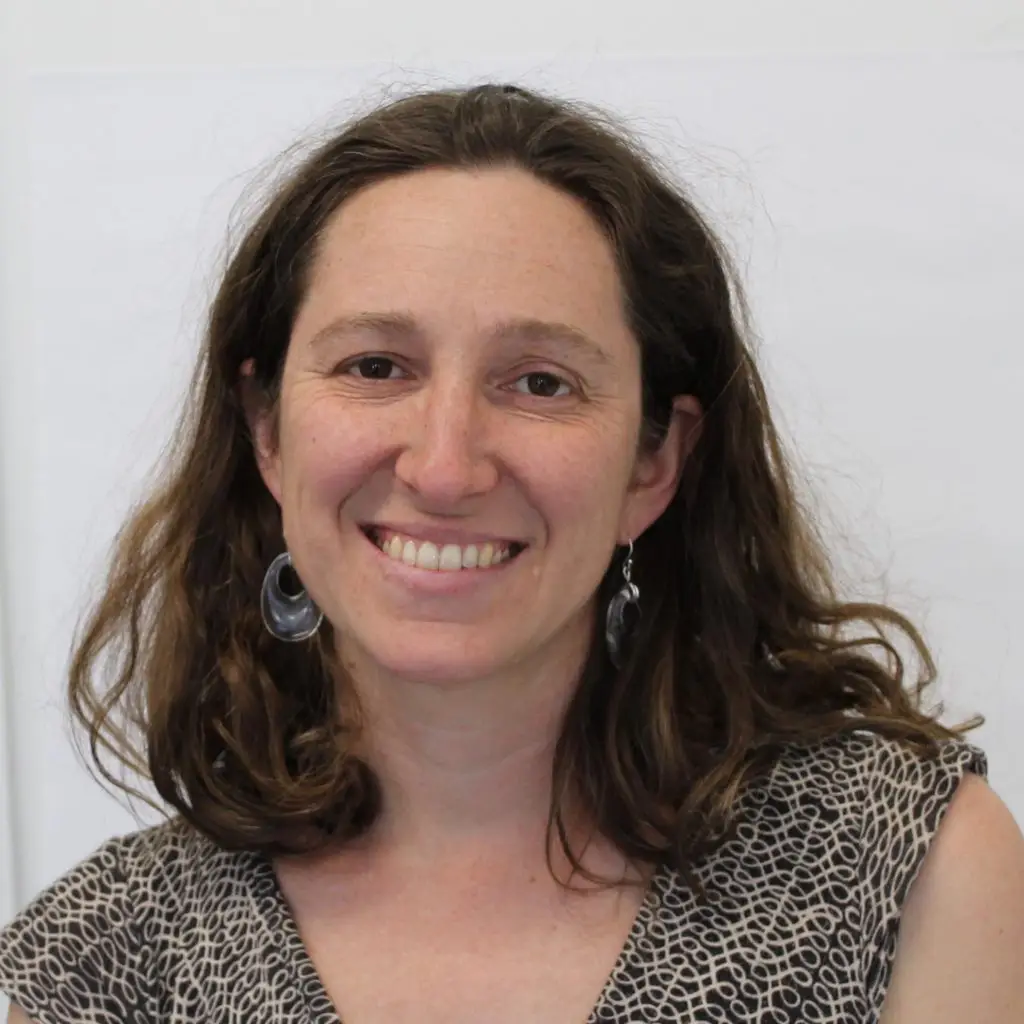September’s jobs report gave us a picture of this year’s teacher shortfall compared to 2017. From last year to this, not much has changed. For some this could be good news—at least things aren’t getting worse—but we also know that teacher numbers haven’t returned to pre-2007 levels.
The teacher shortage is a popular topic in the news, and a great number of states, districts, charter management organizations, and nonprofits are working hard to resolve it. Researchers at the Center on Reinventing Public Education (CRPE) and TNTP regularly discuss this issue with education leaders in cities across the country.
What we see is that while many schools opened their doors this year with a substitute at the helm or with a larger than ideal class size, we know the shortage is not only because of quantity: many systems have enough applicants for open positions. What’s missing are applicants in specific subject areas who can effectively teach in high-poverty areas and who reflect the diversity of their school’s student body.
Charter schools often struggle more with filling vacancies than their district school counterparts. Why? Some research has found that teacher mobility is higher in charter schools. Recent interviews with system leaders indicate that finding the right teachers may be related to lower pay, fewer opportunities for growth, or the need for teachers who can thrive in autonomous school settings and specialized models.
Whatever the reason, two things are clear. First, this is not just a charter school problem. Charter schools’ struggle to find teachers reflects on a city’s ability as a whole to serve students and families. Second, knowing the right solutions starts with understanding the barriers to finding better quality and fit. We don’t just need more teachers, we need better teachers—a problem that can be solved only by working smarter, not harder.
In our work, we have seen three common barriers preventing local charter schools from recruiting, developing, and retaining the high-quality teachers their students need:
- Incomplete data about hiring and retention trends.
- Fragmented resources to implement recruitment and retention strategies.
- Weak connections with families and communities.
We talked about these barriers in an earlier blog, so here we will focus on what charter leaders, authorizers, nonprofits, and funders can do to channel their annual anxiety about teacher hiring into solutions.
Challenge #1: Incomplete Data
In CRPE’s 2017-2018 analysis of 18 high-choice cities, no city had concrete data about the teacher vacancies or retention rates in its charter schools, even when these schools were educating a significant share of students. An individual charter school may have its own data or know which recruitment strategies attract the right candidates, but without the citywide context, a school cannot differentiate between an individual challenge and a collective one. And without information about collective challenges, nonprofits and funders cannot invest strategically in citywide pipelines, and schools cannot work together on long-term solutions.
In some cities, however, district authorizers and nonprofits are collecting information and supporting the deployment of local resources. While not discussed in the examples here, we also recommend that community groups, universities, and local businesses be tapped to provide input about regional talent needs so pipelines can be geared toward long-term demands.
Emerging Solutions:
- In Denver, charter schools, the district, and the mayor’s office coordinated on a campaign to attract teachers of color. Make Your Mark used data from both charter and district schools to launch the citywide recruitment campaign.
- In New Orleans, the Orleans Parish School Board (OPSB) works with teachers to develop a new pipeline strategy. Teachers on the district’s Teacher Advisory Council will administer surveys at their schools to inform new pipeline strategies OPSB is developing with New Schools for New Orleans.
- In Oakland, charter schools are contributing to a citywide talent database. Educate 78 is creating a talent database for the city’s charter schools so schools can better anticipate vacancies and identify recruitment needs. The organization is carrying forward work that started under a citywide Equity Pledge.
- In Washington, D.C., charter schools and the district receive tailored reports that identify school and regional vacancies. The Office of the State Superintendent of Education (OSSE) is working with TNTP on the DC Staffing Data Collaborative to develop reports and hold regular convenings to discuss trends. The Collaborative hopes to communicate regional trends to pipeline providers.
Challenge #2: Fragmented Resources
Many districts lack the people and money to identify their talent challenges and deliver a targeted solution. But for charter schools that lack central office capacities, economies of scale, or established relationships with preparation programs it is particularly challenging to recruit, train, and retain effective teachers.
Research suggests that targeted recruitment and training are necessary for effectively addressing teacher vacancies. This is especially the case when a school system wants to hold on to its more effective teachers, teachers of color, and teachers in hard-to-staff schools. Some charter schools are working together and with neighboring districts to share resources to bolster recruitment and retention.
Emerging Solutions:
- In Western Massachusetts, districts and charter schools collaborate to collect data, set goals, and develop a coordinated marketing campaign. Ongoing progress monitoring has enabled network partner schools to sustain gains and fill a combined 200 vacancies each year.
- In San Antonio and Memphis, citywide recruitment portals use incentives to attract charter and district teachers. Educate210 in San Antonio provides financial assistance for relocation and rent, as well as retail discounts, to teachers who move to the city. Similar portals, like Teach901 in Memphis, make sense when a city needs to increase the overall applicant pool rather than focus on specific hard-to-staff subject areas.
- In Atlanta, Indianapolis, and Houston, charter operators offer training and credentialing to any teacher in the city. The Atlanta Neighborhood Charter’s CREATE Teacher Residency Program has an intensive induction for new teachers, and offers professional development specifically for experienced teachers in its network and for teachers from other charter and district schools. Christel House Schools operates IndyTeach, a one-year teacher apprenticeship program that qualifies candidates for an Indiana teacher instructional license. YES Prep Public Schools has a state-authorized alternative certification program, Teaching Excellence, which several Houston-area charter schools and districts use.
- In Texas, a charter network prepares applicants for a specific school model. The University of Dallas partnered with Great Hearts Academies, a charter network that uses a classical curriculum model, to offer a Classical Education Master’s program. The program helps Great Hearts train and retain existing teachers (who do not have to pay for the program but must commit to four years), and the University can use Great Hearts as a teacher practicum site.
Challenge #3: Weak Community Connections
When cities don’t use local talent, they miss opportunities to build sustainable pipelines that are representative of the students their schools serve. Research points to better outcomes when students are taught by teachers of the same race or ethnicity. There is also some research to suggest that where a teacher is assigned—relative to where they grew up and did their student teaching—has positive impacts on a school’s ability to recruit teachers. When cities don’t engage community members as true partners in improving the quality and fit of school talent, they are missing opportunities to develop local talent that can be an important long-term solution.
“Grow your own” pipelines are increasingly popular strategies to improve the diversity of the teacher workforce and improve retention. These include paraprofessional-to-teacher pipelines, high school-to-teacher preparation programs, community referrals, and targeted, local recruitment. It is too early to tell whether “grow your own” strategies will be effective; CRPE’s practitioner interviews have raised concerns about quality when recruits come from cities with few examples of good teaching but are expected to raise the bar of excellence. Regional and national charter networks may be in a good position to pair local recruitment with national examples of excellence.
Emerging Solutions:
- In Boston, a high school-to-teacher pipeline is developing local talent and diversifying the teacher workforce. The BPS High School to Teacher Program recruits and supports rising high school juniors who are interested in teaching. Similar programs are being replicated by charter networks, like the student-to-teacher pipeline at New England’s Achievement First.
- In Los Angeles, local college students receive training and support. A summer program for L.A.-based college juniors, RootsLA, offers hands-on experience in schools and follow-up support, including job placement in an L.A. school for those who show promise. The program intends to improve the diversity of the city’s teachers and increase the number of applicants in high-needs subject areas.
In each of these strategies, leaders are identifying specific types of vacancies in their school or locale and working with other schools and organizations to share resources and address common challenges.
These solutions can help charter schools grow to the next level of reach and impact, creating better school experiences for thousands of students. With better data and clearer strategies, charters and CMOs can test the effectiveness of these strategies, remain committed to continuous improvement, and produce new understandings for themselves and the broader field. And most importantly, charters, districts, authorizers, funders, and other local institutions working together can make inroads into solving the teacher hiring and retention challenges that have bedeviled schools for years.
Co-author Crystal Harmon is Executive Vice President of TNTP.





